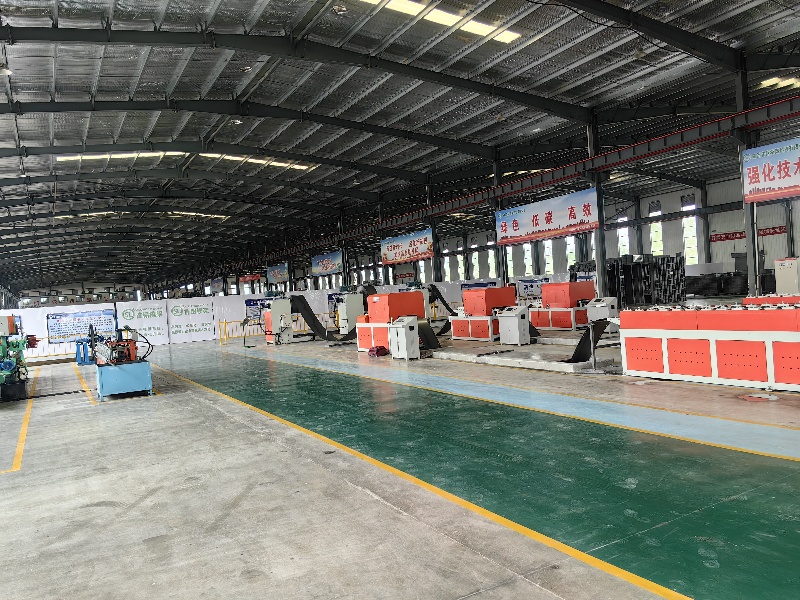Hotline
+86-136 8495 9862
Email:cennia@szmizhi.com
Add::104,Building 27,Third Industrial Zone, Longxi Community,Longgang District,Shenzhen,China.
Coil Forming & Handling Equipment
Surface Treatment Equipment
Solutions
Application
About Us

Welcome to MIZHI
For consultation/feedback, please call the service hotline: +86-136 8495 9862 Email:cennia@szmizhi.com

Metal roll forming systems play a crucial role in the manufacturing industry, enabling the production of a wide variety of metal products with high precision and efficiency. These systems are designed to transform flat metal sheets or strips into complex shapes by passing the material through a series of rollers.
The importance of metal roll forming systems cannot be overstated. They are widely used in various industries such as construction, automotive, aerospace, and appliance manufacturing. In the construction industry, roll formed metal products are used for roofing, siding, and structural components. In the automotive industry, they are used for body panels, frames, and exhaust systems. In the aerospace industry, roll formed parts are found in aircraft fuselages and wings. And in the appliance manufacturing industry, roll formed metal is used for cabinets, panels, and other components.

One of the key advantages of metal roll forming systems is their ability to produce long lengths of uniformly shaped products. This is achieved by continuously feeding the metal through the rollers, which gradually bend and shape the material. The process is highly automated, reducing the need for manual labor and increasing production speed. Additionally, roll forming systems can produce complex shapes with tight tolerances, ensuring high quality and consistency.
The components of a metal roll forming system typically include decoilers, straighteners, feeders, roll formers, cut-off devices, and stackers. The decoiler is used to unwind the flat metal coil and feed it into the system. The straightener ensures that the metal is flat and free from wrinkles or distortions before entering the roll former. The feeder controls the speed and tension of the metal as it passes through the system. The roll former consists of a series of rollers that gradually shape the metal into the desired profile. The cut-off device cuts the formed metal to the required length, and the stacker organizes and stacks the finished products.
Roll forming systems can be customized to meet the specific needs of different applications. The number and configuration of rollers can be adjusted to produce different shapes and sizes. The speed and capacity of the system can also be tailored to match the production requirements. Additionally, various surface finishes and coatings can be applied to the roll formed products to enhance their appearance and durability.
In recent years, there have been significant advancements in metal roll forming technology. Computer-aided design (CAD) and computer-aided manufacturing (CAM) software are now widely used to design and optimize roll forming processes. This allows for more accurate and efficient production, reducing waste and improving product quality. Additionally, advanced materials and coatings are being developed to improve the performance and durability of roll formed products.
Another trend in metal roll forming is the integration of automation and robotics. Automated systems can perform tasks such as material handling, quality control, and packaging, reducing labor costs and increasing productivity. Robotics can also be used to perform complex operations such as welding and assembly, further enhancing the capabilities of roll forming systems.
In conclusion, metal roll forming systems are essential tools in the manufacturing industry. They offer a highly efficient and cost-effective way to produce a wide range of metal products with complex shapes and tight tolerances. With ongoing advancements in technology, these systems are becoming more advanced, automated, and customizable, enabling manufacturers to meet the ever-increasing demands of the market.